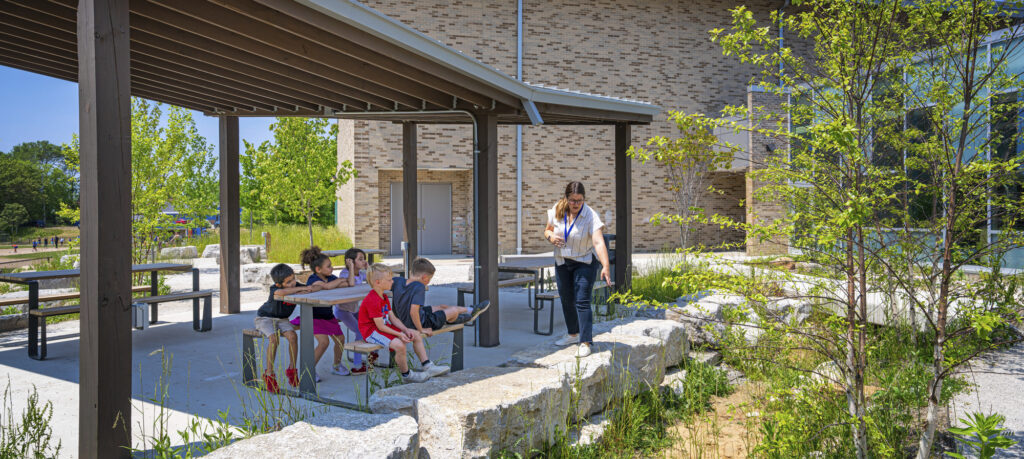Getting outdoors is good for the body and the brain
American children are spending an average of seven and ½ hours per day indoors using electronic media such as video games and TV. When you combine this time spent in the classroom, it means that kids are outdoors for just minutes per day. This trend is a draining our children’s long term physical, emotional, and educational development. The good news is that parents and educators are starting to incorporate more outdoor time for their children and the results are very positive.
Benefits of Outdoor Learning
Over the last decade, numerous studies have been conducted that demonstrate the benefits of outdoor learning. The data shows that children’s social, academic, psychological, and physical health is positively impacted when they have daily contact with nature. Here are just a few specific outcomes:
- Outdoor environments act as a rich stimulus for creative thinking. This affords opportunities for challenge, inquiry, critical thinking, and reflection.
- Children discover that not everything outside matches the static models and textbooks found inside the classroom. The outdoor environment is always adapting and changing. This helps them develop an awareness of the complexities in the real world and can help them develop critical thinking skills.
- Children make the connection between what is taught in the classroom to everyday life.
- The multi-sensory experience outdoors helps children retain knowledge more effectively. Natural sensory stimulation has also been shown to help decrease sensory processing issues.
- Being outside can be a more calming experience for many learners and has shown to reduce symptoms of anxiety and ADHD.
Benefits of Outdoor Play
In one ground-breaking study in 2006, the analysis revealed that schools with interactive outdoor learning environments were able to offer a much more diverse play repertoire leading to a significant increase in physical activity and engagement. The traditional asphalt / turf environment is limited to rule-bound, competitive games which can be exclusionary and even hostile. Outdoor learning environments offer activity such as climbing, jumping, digging, role play and other open-ended, non-competitive forms of play. This was shown to get more kids moving and increased imaginative and cooperative interactions which support creativity and problem-solving skills.
Positive Student Outcomes – Our Experience
There have been several studies that prove outdoor learning is beneficial for children, but we can report that we’ve seen these positive experiences our K12 projects. Here are a few examples:
Relief from Sensory Issues
In one of our schools, a teacher reported that one of her students suffered from extreme sensory issues. He had difficulty when he experienced certain textures, so much so that even putting on his socks was difficult for him. When they introduced him to the outdoor learning environment, they found that increased exposure actually improved his symptoms. The teacher reported by the first half of the first semester, most of his symptoms were eliminated.
ADHD Symptoms Lowered and Learning has Improved
After introducing outdoor learning, another teacher shared the story of one child who suffered from extreme ADHD. Before entering the outdoor learning program, she was on the verge of being medicated. After a few months of learning outdoors, her issues of ADHD are much less pronounced and her learning has greatly improved. This teacher believes this result is due to her experience being in nature for hours each day and the ability to greatly vary her style of learning.
Learn more about the positive effects of Outdoor Learning in an Early Childhood Setting from GMB’s 2019 EDspaces conference presentation.







